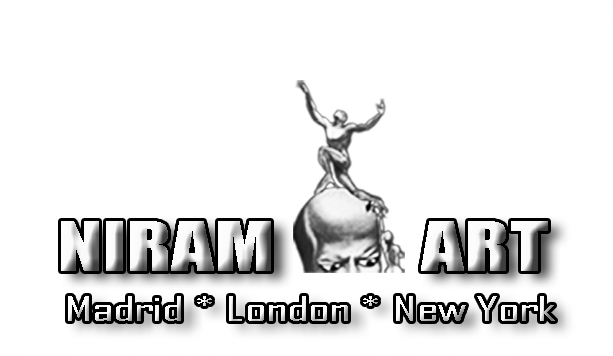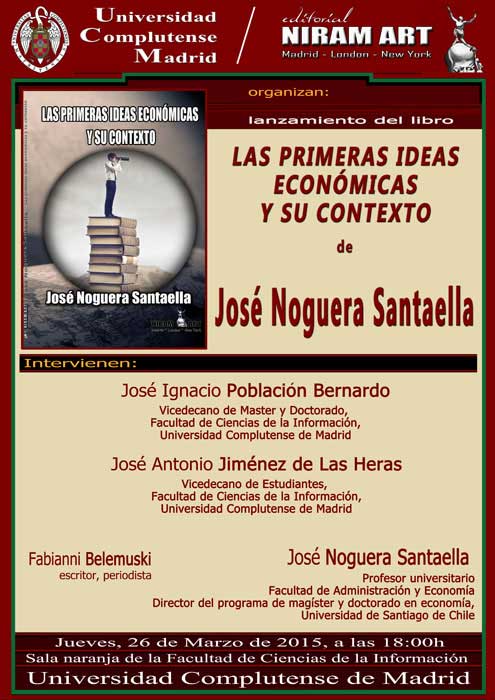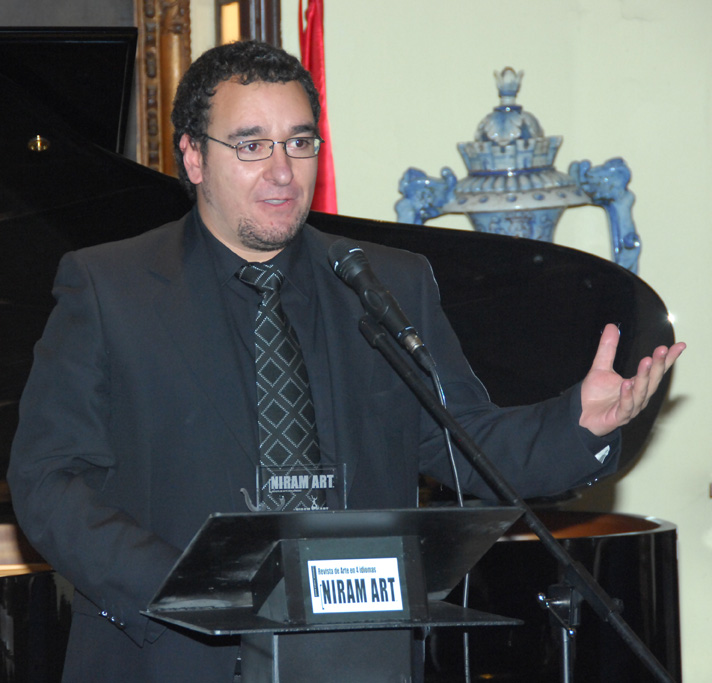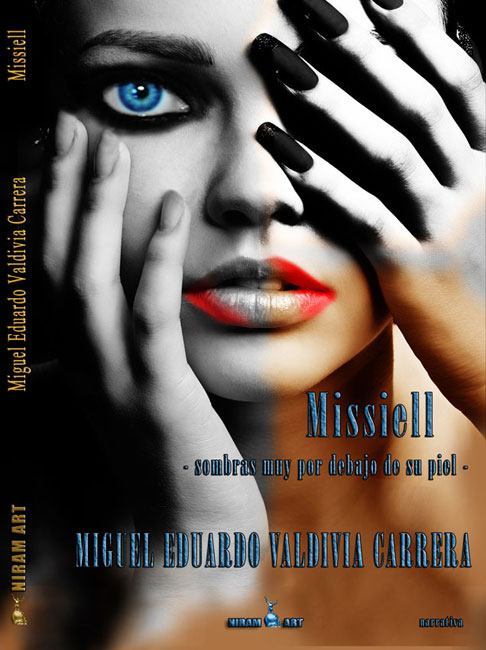Vicente Adelantado Soriano
Category Archives: Entrevistas
Entrevista con el escritor Manuel Méndez Pladellorens
Mi interés por escribir comenzó en los tiempos del colegio, cuando leíamos a destacados escritores chilenos como, principalmente, Marta Brunet y Gabriela Mistral, y españoles del llamado Siglo de Oro, como Federico García Lorca y Pío Baroja, entre otros.
Entrevista con Ion Pohoata, autor del libro El Capitalismo
El capitalismo. Itinerarios económicos – Ion Pohoata
Apoyándonos en una argumentación sustancialmente económica, nuestro intento tiene la pretensión de ser una síntesis. Una síntesis por la cual queremos decir, en un lenguaje sencillo, que la sociedad capitalista es el resultado de una evolución normal y natural de la humanidad y que su vivencia es de alguna manera inconsciente, ya que se trata de una experiencia natural.
VIDEO: entrevista con el Prof. José Noguera Santaella, Univ. Santiago de Chile
Jueves 26 de marzo de 2015 tuvo lugar en la Facultad de Ciencias de la Información (Universidad Complutense, Madrid) la presentación del libro Las primeras ideas económicas y su contexto, de José Noguera Santaella, profesor en la Universidad Santiago de Chile, en el marco del proyecto “Vida Universitaria”, de la editorial Niram Art.
Video: Entrevista al escritor Tin Bojanic
Entrevista al escritor Tin Bojanic, con motivo de la presentación del poemario Paisajes Incendiados (Editorial Niram Art, 2014). Madrid, 31 de octubre de 2014
Entrevista al escritor Diego Vadillo López
Revista High Star Madrid ¿Quién es Diego Vadillo López? ¿Cómo se definiría a usted mismo? Es esa una pregunta aparentemente sencilla y a la vez de notable dificultad, sobre todo cuando va referida a uno mismo. Es mejor que quien te conozca un poco con cierta perspectiva temporal se aventure a tal menester. Lo que […]
Video: Entrevista al escritor Fernando Valerio – Holguín, Azay Art Magazine
Rituales de la Bella Pagana – Fernando Valerio-Holguín
Entrevista al escritor Said Chamie
Revista Madrid en Marco por David Rivas Said Chamie estudió Filosofía y Letras en la Universidad Nacional de Colombia y es licenciado en Comunicación Social y Periodismo por la Universidad Jorge Tadeo Lozano de Bogotá. Es escritor de cuentos, novelas, y crónicas periodísticas y autor de las obras El Manual del Delantero, El Ángel de […]
Entrevista al escritor Sergio Stuparich
Por Victoria García Acero Azay Art Magazine Sergio Stuparich (Santiago de Chile, 1943) es licenciado en Filosofía y Psicología por la Universidad Católica de Chile y estudió Ciencias Exactas en la Universidad de Chile. En 1975 obtiene el grado de Dottore in filosofia con mención en Ciencias Sociales en la Universitá Degli Studi di Torino. […]
Video: Entrevista al escritor Juan Ladron de Guevara Parra, Azay Art Magazine
Tras la sobra del insomne, de Juan Felipe Ladrón de Guevara Parra, Niram Art Editorial
Entrevista a Juan Felipe Ladrón de Guevara, autor del libro “Tras la sombra del insomne”
Por Cristina Torres Publicado en la revista High Star Madrid C.T: ¿Qué referencias literarias tiene el escritor Juan Guevara? Creo que todo escritor debe ser un lector glotón, esa es la clave de sol de cualquiera que quiera escribir en serio. A mí en particular me interesa mucho imaginar mundos y escribirlos, darles una identidad […]
Video: Entrevista al escritor Gustavo A. Appignanesi – Azay Art Magazine
“Terra Incommensurabile” es una novela de fuerte carácter histórico, basada en hechos que trascurrieron en el encuentro de culturas de la conquista de América, en una pequeña comunidad de indígenas del norte de Argentina.Gustavo A. Appignanesi nació en Bahía Blanca, Argentina, el 8 de junio de 1969. Es licenciado y Doctor en Química por la Universidad Nacional del Sur (UNS), realizó estudios de postgrado en la Universidad Nacional de La Plata y en el INIFTA y fue Postdoctoral Fellow en la Universidad de Chicago.
Video: Entrevista al escritor Martín Camps, Azay Art Magazine
Horas de oficina – Martín Camps
Entrevista al escritor Martín Camps
Por Victoria García Acero- periodista Azay Art Magazine El escritor Martín Camps (México, 1974) publicó su último libro Horas de oficina (Editorial Niram Art), el pasado 13 de diciembre. Martín Camps es autor de los siguientes libros de poemas: Desierto Sol (2003), La invención del mundo (2008), La extinción de los atardeceres (2009) y Poemas […]
Video: Entrevista al escritor Mauro Barea, Azay Art Magazine
Mauro I. Barea G. – 2012 El Colapso del Tiempo
Video: Entrevista al escritor Miguel de Loyola, Azay Art Magazine
Miguel de Loyola – El estudiante de literatura
Entrevista con Miguel Eduardo Valdivia Carrera
Publicada en La Letra Crítica – ¿Cuándo despertó su pasión por la escritura? La escritura surgió en mi hace un buen tiempo, exactamente entre los 16 y 17 años, al salir del trauma de una operación al cerebro. Pero el alma creativa, diría que desde niño, todos la tenemos, sí, pero yo la recuerdo bien. El mejor regalo de mis padres […]
Video: Entrevista al artista Ivan, MIEDHO – Azay Art Magazine
MIEDHO, Niram Art Editorial
Entrevista al escritor Germán Olivares
Por Victoria García Acero Azay Art Magazine Estamos ante La risa de la hiena (Editorial Niram Art) de Germán Olivares García veterano autor de prosa y ficción de nacionalidad mexicana con títulos a sus espaldas como Polvo de estrellas, Traición bajo el mar, Atardecer en París o el libro de poema Cien poemas prohibidos. La […]
Video: Entrevista al escritor Benjamin Valdivia, Azay Art Magazine
Benjamín Valdivia – Veleidades de Numa Fernández al caer la tarde







